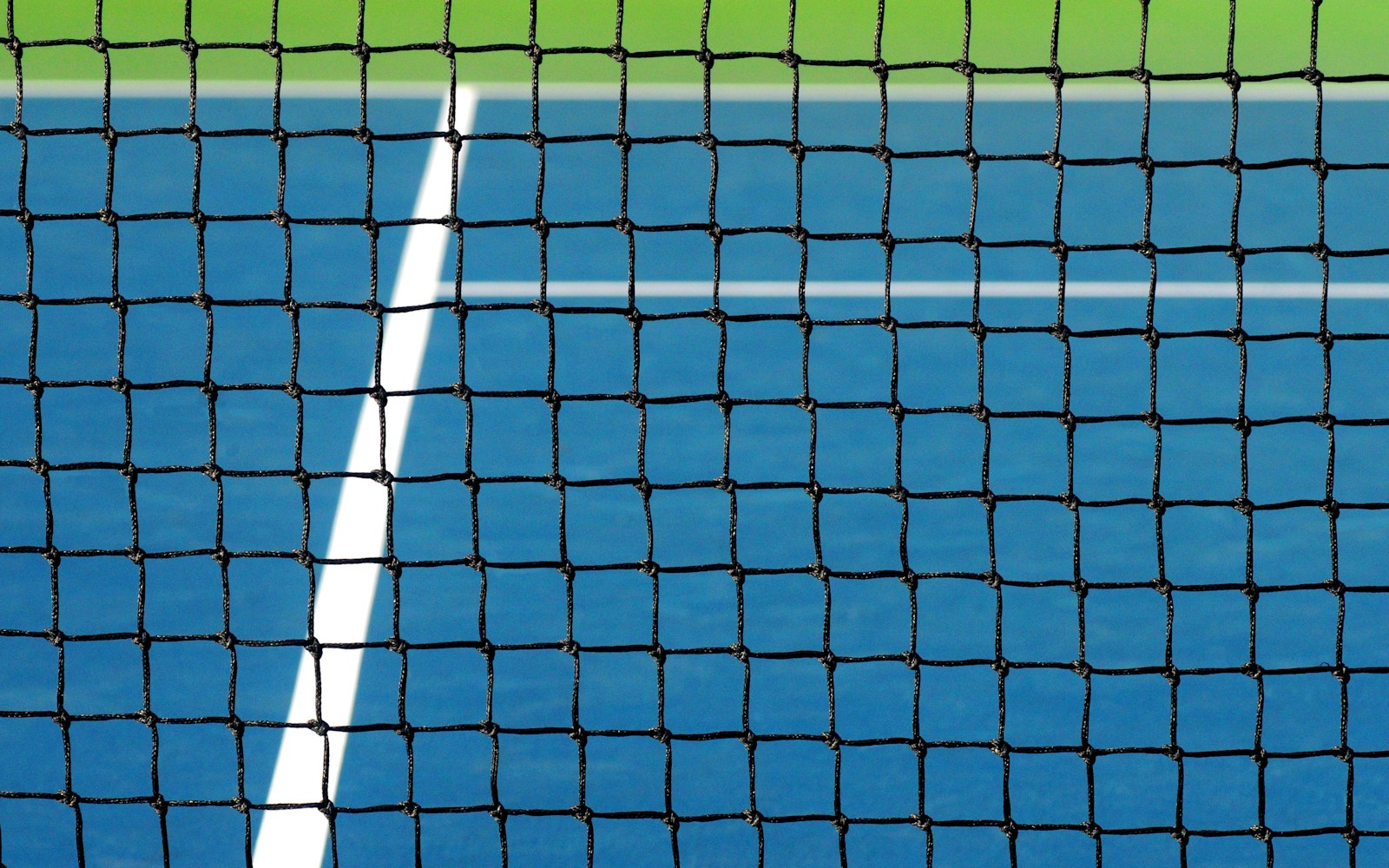The Grand Slam Problem: Why Tennis's Fragmented Structure is Holding It Back

Tennis is, by any measure, one of the world's most popular sports. It has global superstars, a massive international following, and a presence in every corner of the globe. And yet, when compared to other sports of similar stature, like golf or Formula 1, it consistently punches below its weight as a commercial enterprise. The reason for this underperformance is not a lack of on-court drama, but a deep, structural flaw in the way the sport is governed.
The problem with professional tennis is that it is not one sport; it is a collection of competing fiefdoms. And the four most powerful of these fiefdoms—the Grand Slam tournaments—are acting as a brake on the sport's potential.
A Sport of Seven Kingdoms
The governance of professional tennis is a chaotic alphabet soup of organizations. The men's tour is run by the ATP. The women's tour is run by the WTA. The International Tennis Federation (ITF) runs the Davis Cup and the Billie Jean King Cup. And then there are the four Grand Slams—the Australian Open, the French Open, Wimbledon, and the US Open. Each of these is an independent entity, run by its own national federation.
This creates a situation where there are effectively seven different organizations, all with their own competing interests, trying to run a single sport. The result is a disjointed and often confusing season-long narrative for fans to follow.
The four Grand Slams are the crown jewels of the sport. They have the most history, the most prize money, and they attract by far the most media attention. They are, in effect, four separate, two-week-long festivals of tennis that completely overshadow the 11 months of the season that surround them. For the casual fan, tennis exists only during the Slams. The week-in, week-out tournaments of the ATP and WTA tours, which are essential for the livelihood of the vast majority of players, struggle for relevance and viewership.
The Case for a Unified Tour
This "Grand Slam problem" has led to a growing and powerful movement for a radical restructuring of the sport. Many influential figures, including former players and current tournament directors, are now openly calling for a merger of the ATP and WTA tours into a single, unified professional circuit.
A unified tour, they argue, would have the scale and leverage to create a more coherent and compelling season-long product. It could streamline the calendar, create a more logical series of events leading up to the majors, and, most importantly, it could negotiate its television and data rights as a single, powerful entity, dramatically increasing the sport's revenue. A combined tour could also guarantee equal prize money for men and women at all events, a long-standing issue of contention.
The biggest obstacle to this vision is the Grand Slams themselves. As independent entities, they have little incentive to give up their power and integrate into a more cohesive structure. Why should Wimbledon, one of the most powerful brands in all of sports, share its revenue or decision-making power with the rest of the tour?
This is the central dilemma for tennis. The sport's greatest assets are also its greatest structural weakness. Until the seven kingdoms of tennis can find a way to work together, the sport will continue to be a feudal enterprise, a collection of powerful castles that prevents the rise of a truly unified empire.
